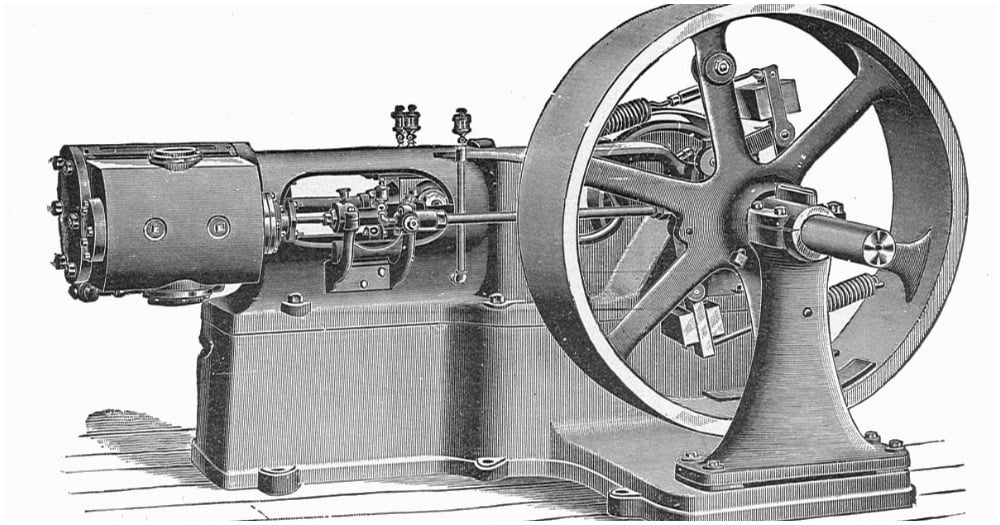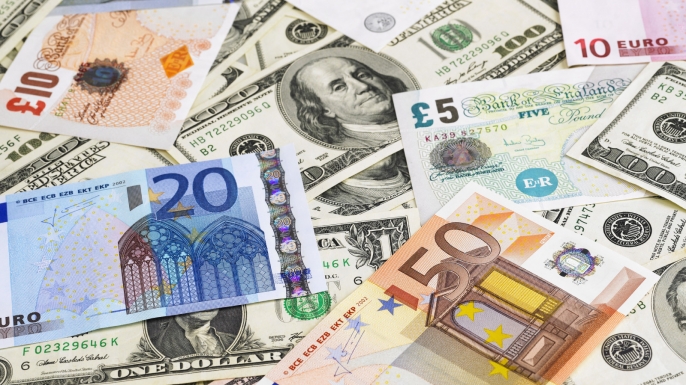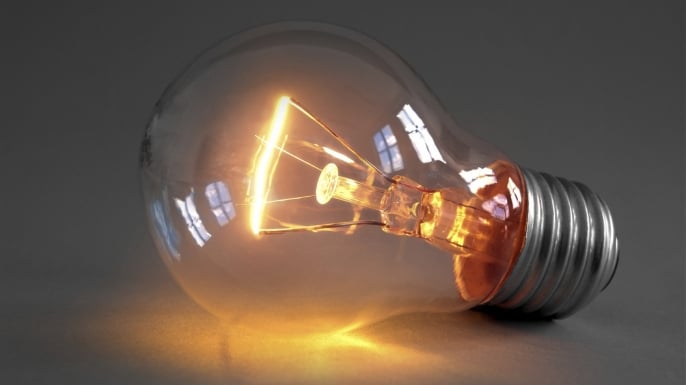
9. Paper Currency

Throughout much of human history, money took the form of precious metals, coins and even raw materials like livestock or vegetables. The inception of paper money ushered in a bold new era—a world in which currency could purchase goods and services despite having no intrinsic value. Paper currency was widely used in China in the ninth century but did not appear in Europe until the late 1600s. Spurred on by frequent shortages of coins, banks issued paper notes as a promise against future payments of precious metals. By the late 19th century many nations had begun issuing government-backed legal tender that could no longer be converted into gold or silver. The switch to paper money not only bailed out struggling governments during times of crisis—as it did for the United States during the Civil War—but it also ushered in a new era of international monetary regulation that changed the face of global economics. Perhaps even more importantly, paper currency was the vital first step in a new monetary system that led to the birth of credit cards and electronic banking.
10. Steel

While early human societies made extensive use of stone, bronze, and iron, it was steel that fueled the Industrial Revolution and built modern cities. Evidence of steel tools dates back 4,000 years, but the alloy was not mass-produced until the invention of the Bessemer Process, a technique for creating steel using molten pig iron, in the 1850s. Steel then exploded into one of the biggest industries on the planet and was used in the creation of everything from bridges and railroads to skyscrapers and engines. It proved particularly influential in North America, where massive iron ore deposits helped the United States become one of the world’s biggest economies.
11. The Electric Light

While they are easy to take for granted, all it takes is a short power outage to remind us of the importance of artificial lights. Pioneered in the early 19th century by Humphry Davy and his carbon arc lamp, electric lights developed throughout the 1800s thanks to the efforts of inventors like Warren de la Rue, Joseph Wilson Swan and Thomas Alva Edison. It was Edison and Swan who patented the first long-lasting light bulbs in 1879 and 1880, liberating society from a near-total reliance on daylight. Electric lights went on to be used in everything from home lighting and street lamps to flashlights and car headlights. The complex networks of wires erected to power early light bulbs also helped lead to the first domestic electrical wiring, paving the way for countless other in-home appliances.
Credits: history.com
Share this story on Facebook with your friends.
